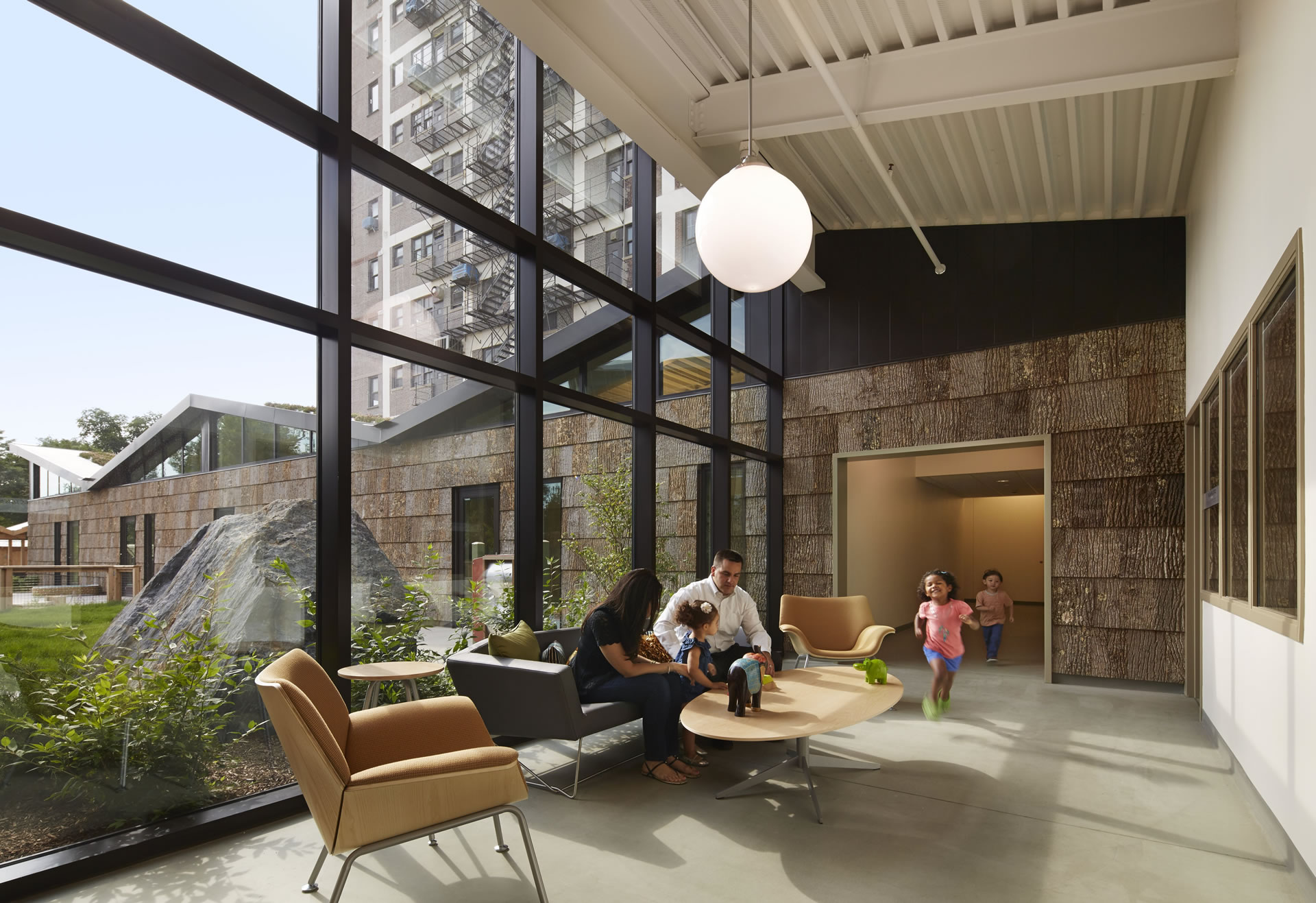Marty McCurry and his wife, Chris McCurry, drew inspiration for their poplar bark products after witnessing changes to where they live in the Blue Ridge Mountains of North Carolina.
SUSTAINABLY SOURCED
Five Benefits of Bark House
1.
Bark House shingles are virtually maintenance-free as an exterior product and require no sealing, staining, or painting. They can last for up to 80 years and safely biodegrade.
2.
Shingles are hand-stripped and prepared with tools by hand, using minimal water, electricity, or fuel.
3.
Products are sourced from American forests, 90% sourced within 50 miles of the facility in Spruce Pine, NC, and 99% sourced within at least 500 miles.
4.
Shingles are manufactured with renewable energy, have a high R-value, and are class-B fire rated.
5.
All products have an assurance of ethical purchase backed by Cradle to Cradle and B Corp. The company is B Corp certified and was rated “Best for the World” and “Best for the Environment.”
“We were seeing a huge influx of second homes, which was great for the economy, but weighty on local resources and culture,” says Chris, who with Marty founded Highland Craftsmen in 1990. “We wanted to offer an alternative building style and approach that blended with the surroundings and honored the environment and the people crafting the raw materials.”
Highland Craftsmen’s flagship Bark House line includes just about any material derived from local trees: bark shingles, bark panels, bark veneer laminates, millwork and moldings, live edge slabs, handrail components, and split-rail fencing, as well as logs, twigs, stumps, and burls.
Historically, the logging industry has stripped bark from American chestnut trees for tanning leather, but as that industry declined, so did commercial uses for the bark. Marty and Chris reintroduced the mountain technique of using untreated poplar bark shingles for siding after researching ways to peel and cut the bark, kiln-dry the shingles (to sterilize and stabilize them), and permanently affix them to building interiors and exteriors.
Bark House wall treatments, shingles, and laminates have been used in projects for clients as diverse as Bass Pro Shops, Samsung, and the University of Chicago. “The products lend themselves to a clean presentation and modern applications,” Chris says. “For many big customers, we tailor products to fit their unique concepts.”
Highland Craftsmen’s model is based on “cradle-to-cradle” principles, reducing waste by sourcing its raw material almost exclusively from industrial waste products. The company works with local, small-tract loggers, who appreciate sustainable practices and the additional profits that come from selling what would otherwise be waste.
And there are continued opportunities for innovation: the company recently introduced a decorative wall system of two-by-two-foot squares that make installation extremely simple.
“Everything we have is based on a discard from the industry or a tree dying out due to natural succession,” Marty says. “We’ve always been attracted to using natural and organic shapes and extrusions in building. It’s part of our mountain heritage to make use of the items at hand.

A close-up of an interior finish used at Parsons The New School shows the unprocessed aesthetic possible with Bark House products

